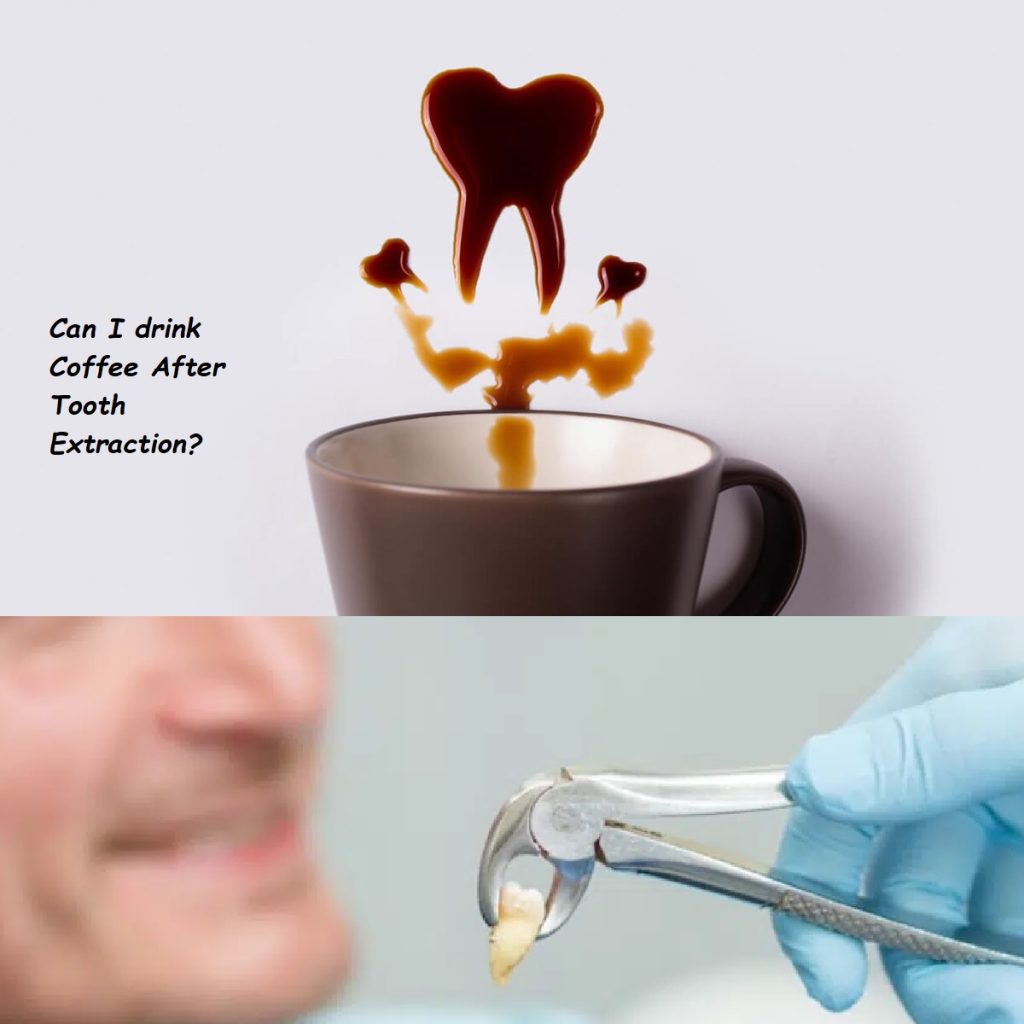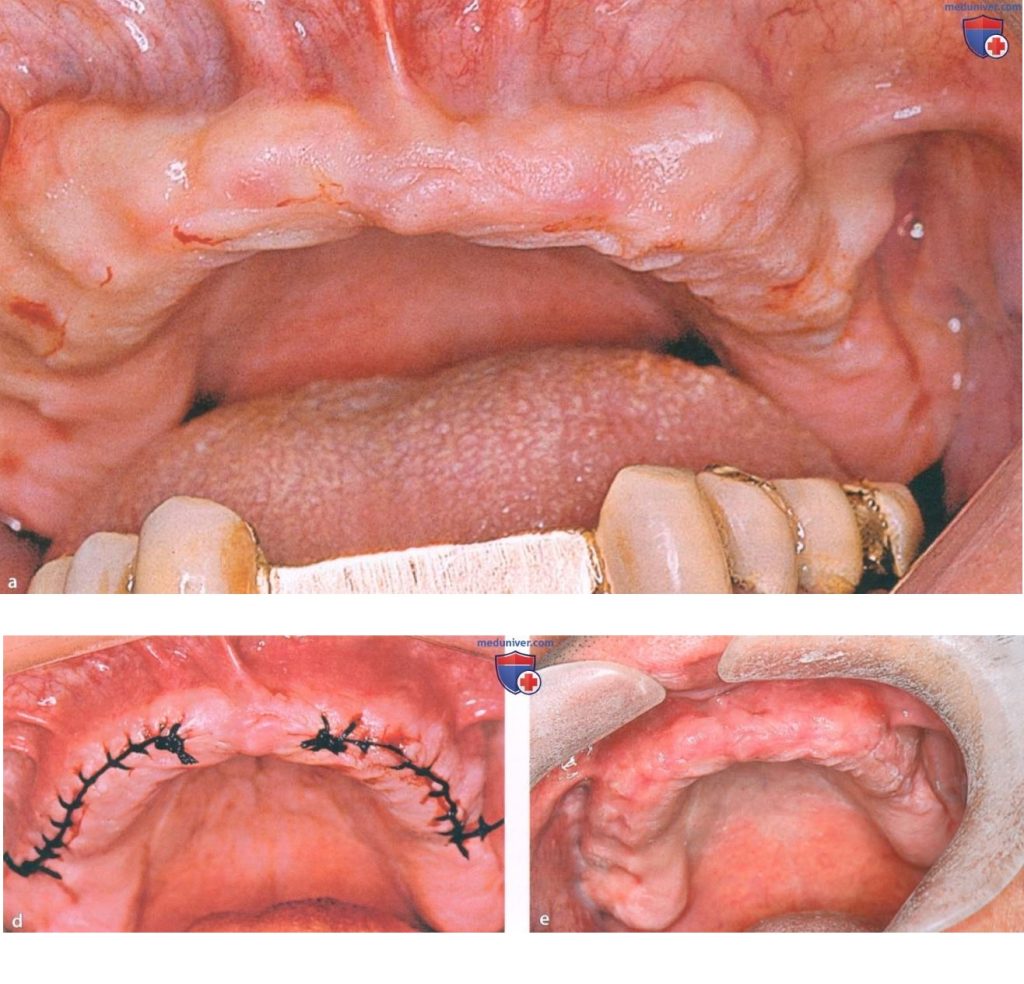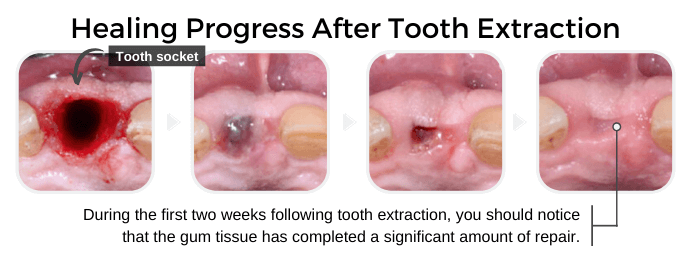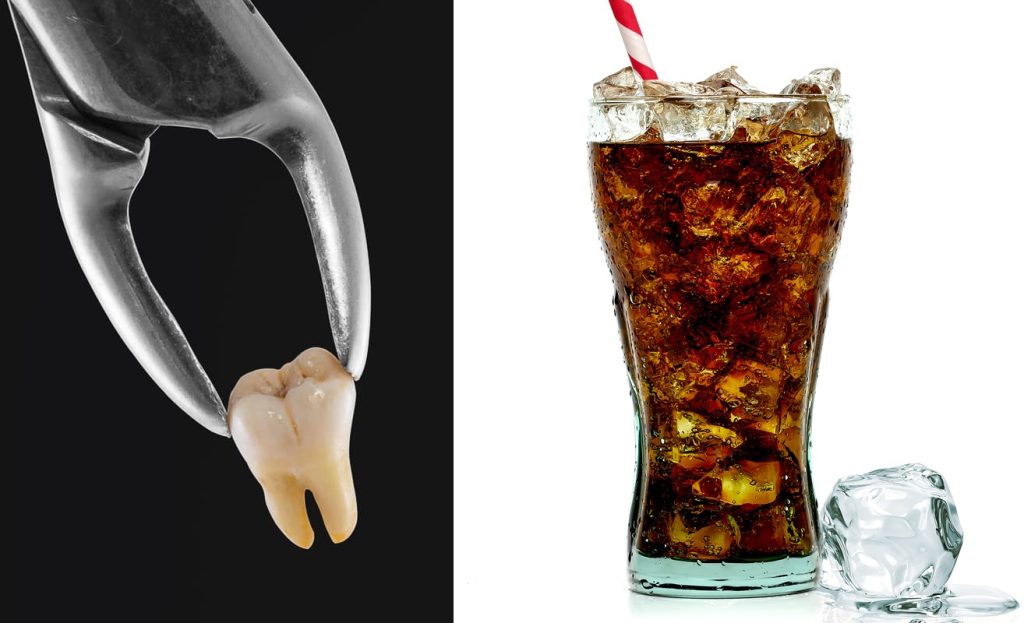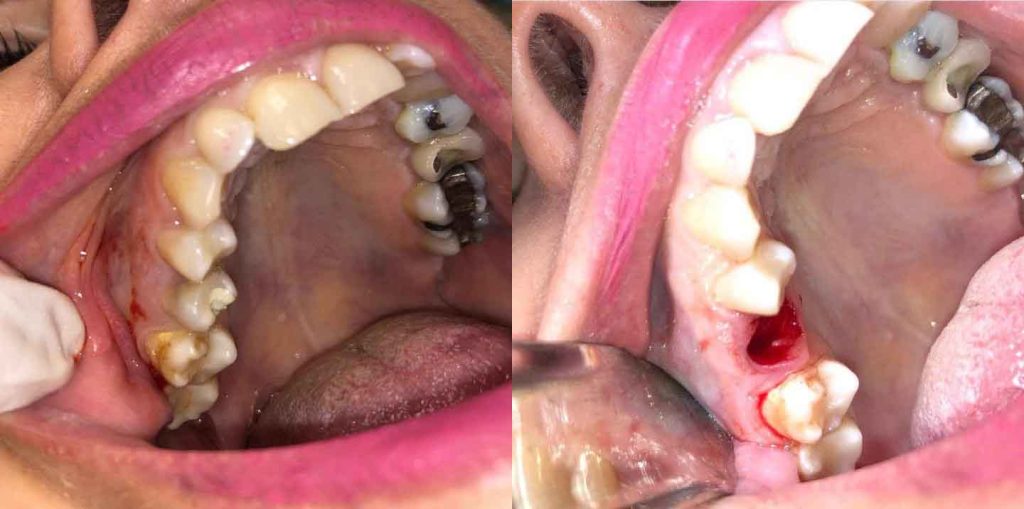Do you need bone graft after tooth extraction
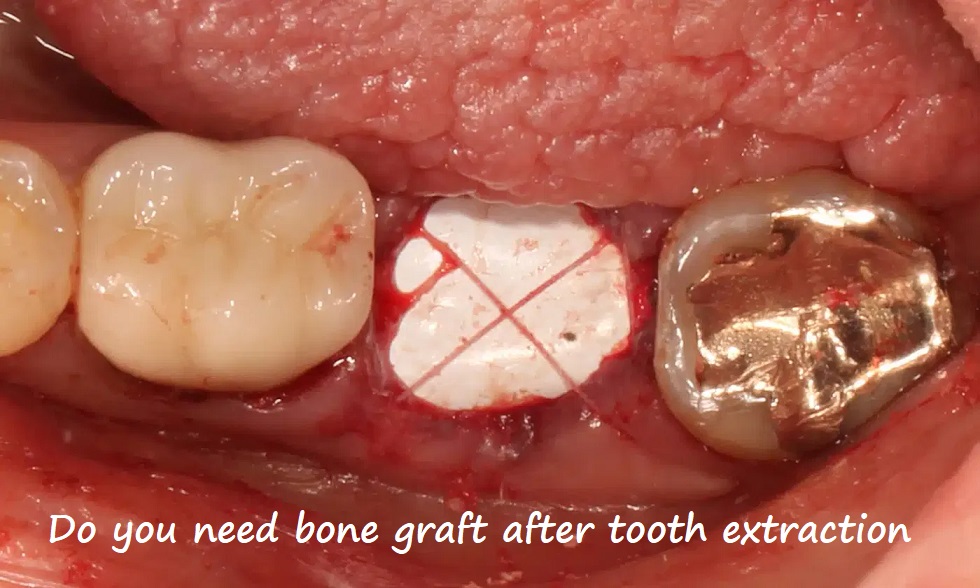
Bone grafting is a common procedure often recommended following tooth extraction. This comprehensive guide explores the reasons for bone grafting, the procedure itself, benefits, risks, alternatives, and answers to frequently asked questions. By the end of this guide, you’ll have a detailed understanding of whether you need a bone graft after tooth extraction and what to expect from the process.
Understanding Bone Grafting
What Is Bone Grafting?
Bone grafting is a surgical procedure that involves transplanting bone tissue to augment or regenerate bone in areas where it has deteriorated or is deficient. The graft can come from your own body (autograft), a donor (allograft), an animal (xenograft), or be synthetic (alloplast).
Why Is Bone Grafting Needed?
Bone grafting is necessary when there is insufficient bone structure to support dental implants or other restorative dental procedures. Bone loss can occur due to various reasons:
- Tooth Extraction: When a tooth is removed, the jawbone in that area can deteriorate because it no longer receives the stimulation needed to maintain bone density.
- Periodontal Disease: Gum disease can cause significant bone loss around the teeth.
- Trauma or Injury: Physical injury to the jaw can result in bone loss.
- Developmental Defects: Some people may have naturally thin or weak jawbones.
The Bone Grafting Procedure
Initial Consultation
Before the bone grafting procedure, a thorough evaluation by your dentist or oral surgeon is necessary. This includes a physical examination, medical history review, and imaging studies like X-rays or CT scans to assess the bone structure.
Types of Bone Grafts
- Autografts: Bone is harvested from another part of your body, such as the hip, tibia, or another area of the jaw.
- Allografts: Bone is obtained from a donor, typically through a bone bank.
- Xenografts: Bone is sourced from animals, usually cows.
- Alloplasts: Synthetic bone materials are used, which can include ceramics or bioactive glass.
Procedure Steps
- Anesthesia: The area is numbed with local anesthesia, and sedation may be used for patient comfort.
- Incision: An incision is made in the gum tissue to expose the bone where the graft is needed.
- Placement: The graft material is placed into the area needing augmentation.
- Securing: The graft may be secured with screws or other fixation devices.
- Closure: The gum tissue is sutured back in place over the graft.
Recovery
Recovery from a bone graft procedure involves a period of healing that can range from a few months to over a year, depending on the size and location of the graft, and the type of material used. Key aspects of recovery include:
- Pain Management: Pain and discomfort are managed with prescribed medications.
- Antibiotics: Antibiotics may be prescribed to prevent infection.
- Diet: A soft food diet is recommended to avoid disturbing the graft site.
- Oral Hygiene: Maintaining good oral hygiene is crucial to prevent infection and ensure proper healing.
Benefits of Bone Grafting
Improved Dental Implant Success
One of the primary benefits of bone grafting is the ability to support dental implants. Adequate bone density and volume are crucial for the stability and success of implants.
Restored Jawbone Structure
Bone grafting can restore the natural contours of the jaw, improving both function and aesthetics, particularly in cases where significant bone loss has altered the shape of the jaw.
Prevention of Further Bone Loss
By stimulating bone growth and regeneration, bone grafting can help prevent further deterioration of the jawbone, preserving oral health.
Risks and Complications
As with any surgical procedure, bone grafting carries some risks and potential complications:
Infection
Infection at the graft site is a possible complication, requiring prompt treatment with antibiotics.
Graft Rejection or Failure
The graft may not integrate with the existing bone, leading to failure of the procedure. This is more common with allografts and xenografts.
Pain and Swelling
Pain and swelling are common post-operative symptoms, typically managed with medication but can occasionally be more severe.
Nerve Damage
There is a risk of nerve damage during the procedure, particularly in the lower jaw, which can result in numbness or altered sensation.
Alternatives to Bone Grafting
While bone grafting is often the best option for addressing bone loss, there are alternatives:
Ridge Expansion
This procedure involves splitting the jawbone and inserting graft material to increase the width of the bone ridge, allowing for implant placement.
Sinus Lift
For the upper jaw, a sinus lift may be performed to raise the sinus floor and allow for new bone formation in the posterior maxilla.
Distraction Osteogenesis
This technique gradually separates bone segments to allow new bone to fill in the gap, effectively lengthening or widening the bone.
Shorter Implants
In some cases, shorter dental implants that require less bone may be an option, although they may not be suitable for all patients.
Frequently Asked Questions
1. Do I always need a bone graft after tooth extraction?
Not everyone will need a bone graft after tooth extraction. The need for a bone graft depends on factors such as the location of the extracted tooth, the amount of bone loss, and whether you plan to get a dental implant.
2. How painful is a bone graft procedure?
The bone graft procedure itself is typically not painful, as it is performed under local anesthesia and sedation if needed. Post-operative pain and discomfort can be managed with prescribed medications.
3. How long does it take to heal from a bone graft?
Healing from a bone graft can take several months to over a year, depending on the extent of the graft and individual healing rates. Your dentist will monitor the healing process during follow-up visits.
4. Can bone grafts be done at the same time as tooth extraction?
In many cases, bone grafts can be performed at the same time as tooth extraction, a procedure known as socket preservation. This approach can help minimize bone loss and prepare the site for future dental implants.
5. What are the signs of a failed bone graft?
Signs of a failed bone graft include persistent pain, swelling, or infection at the graft site, as well as mobility or instability of the graft material. If you suspect your graft has failed, contact your dentist promptly.
6. How much does a bone graft cost?
The cost of a bone graft varies depending on the type of graft material used, the complexity of the procedure, and geographic location. Costs can range from a few hundred to several thousand dollars. It is advisable to check with your dental insurance provider to see if the procedure is covered.
7. Are there any dietary restrictions after a bone graft?
Yes, after a bone graft, you will likely need to follow a soft food diet for a period to avoid disturbing the graft site. Avoid hard, crunchy, or sticky foods that could cause trauma to the area.
8. Can smoking affect bone graft healing?
Yes, smoking can significantly affect the healing process of a bone graft by reducing blood flow and oxygen to the graft site, increasing the risk of complications and graft failure. It is strongly recommended to quit smoking before and after the procedure.
Conclusion
Bone grafting is a critical procedure for ensuring the success of dental restorations, particularly dental implants, following tooth extraction. While not everyone will need a bone graft, it is a common and highly beneficial procedure for those with significant bone loss. Understanding the reasons for bone grafting, the procedure itself, and the associated benefits and risks can help you make an informed decision about your oral health.
If you are facing a tooth extraction and considering future dental implants, consult with your dentist or oral surgeon to determine if a bone graft is necessary for your specific situation. With proper care and follow-up, bone grafting can provide a solid foundation for a healthy, functional, and aesthetically pleasing smile.
Related to read:
Best Oral Hygiene Practices For Optimum Oral Health.
How to Whiten Teeth Naturally?
How to keep your gums healthy and disease-free?
References
To ensure the information provided is accurate and up-to-date, the following sources were referenced:
- American Dental Association. (n.d.). Plaque and Tartar. Retrieved from ADA website
- Mayo Clinic. (n.d.). Dental Plaque. Retrieved from Mayo Clinic website
- National Institute of Dental and Craniofacial Research. (n.d.). Periodontal (Gum) Disease. Retrieved from NIDCR website



